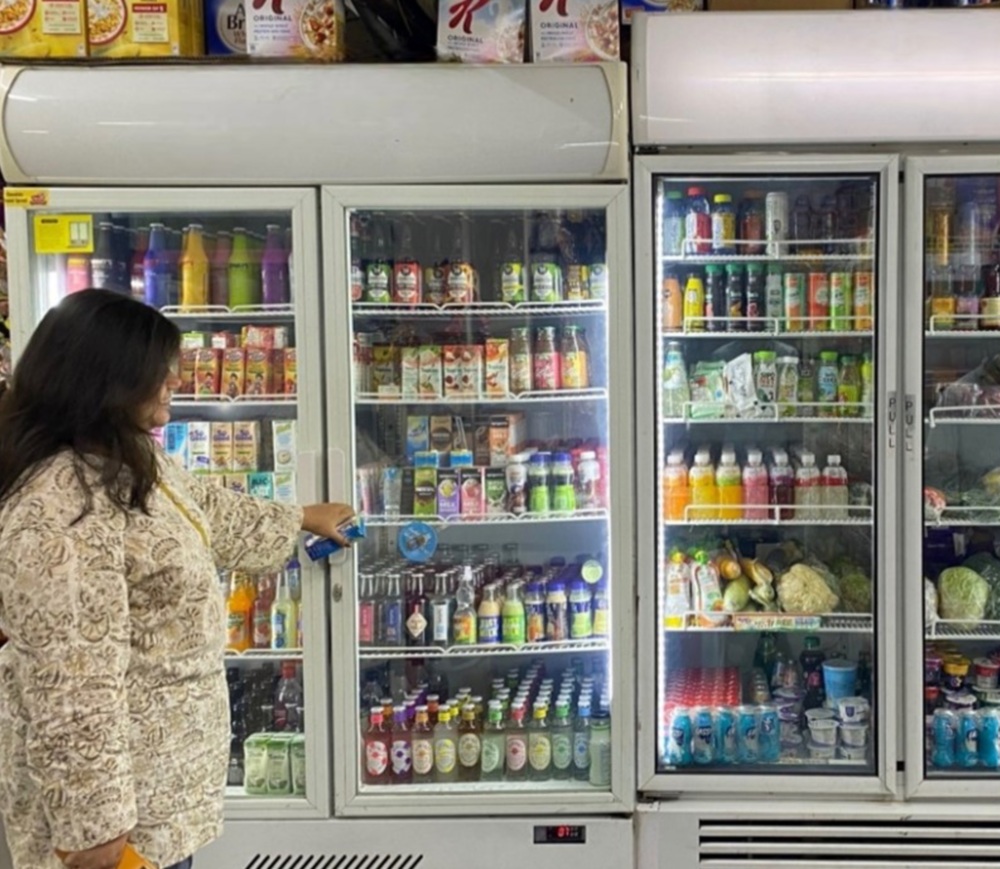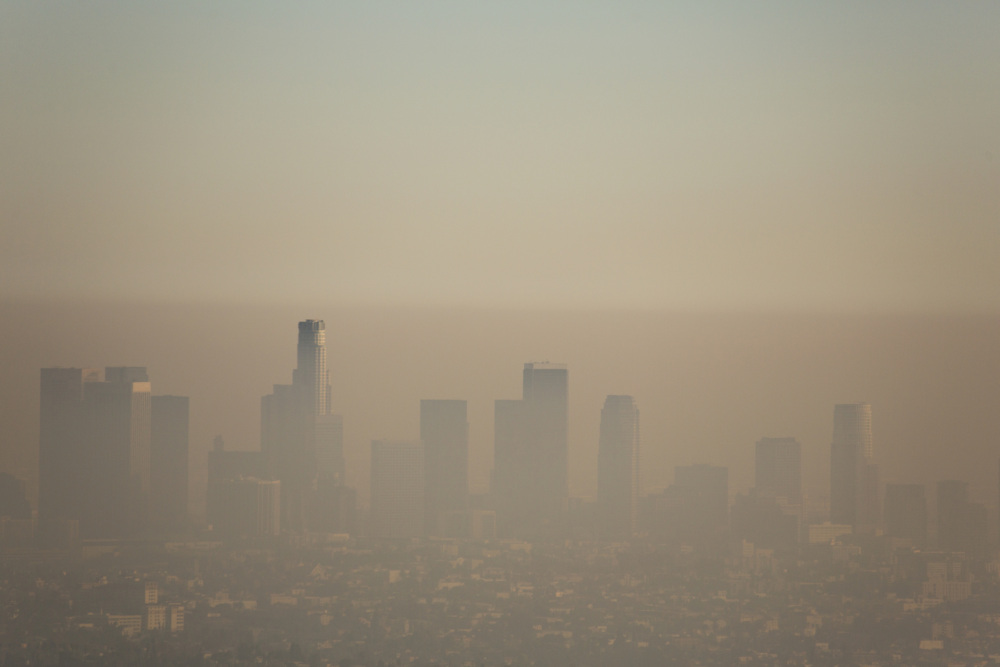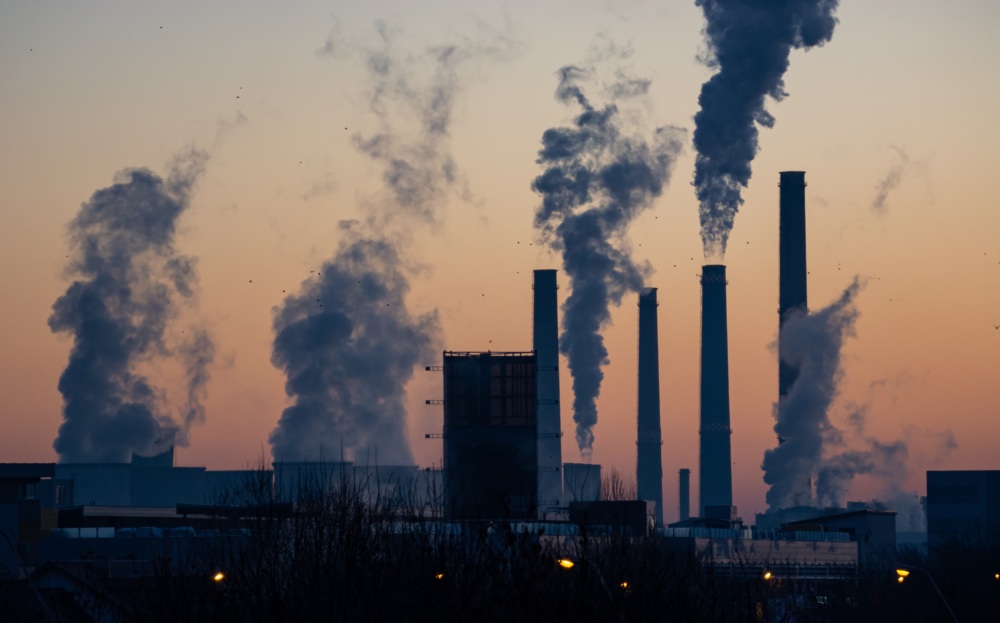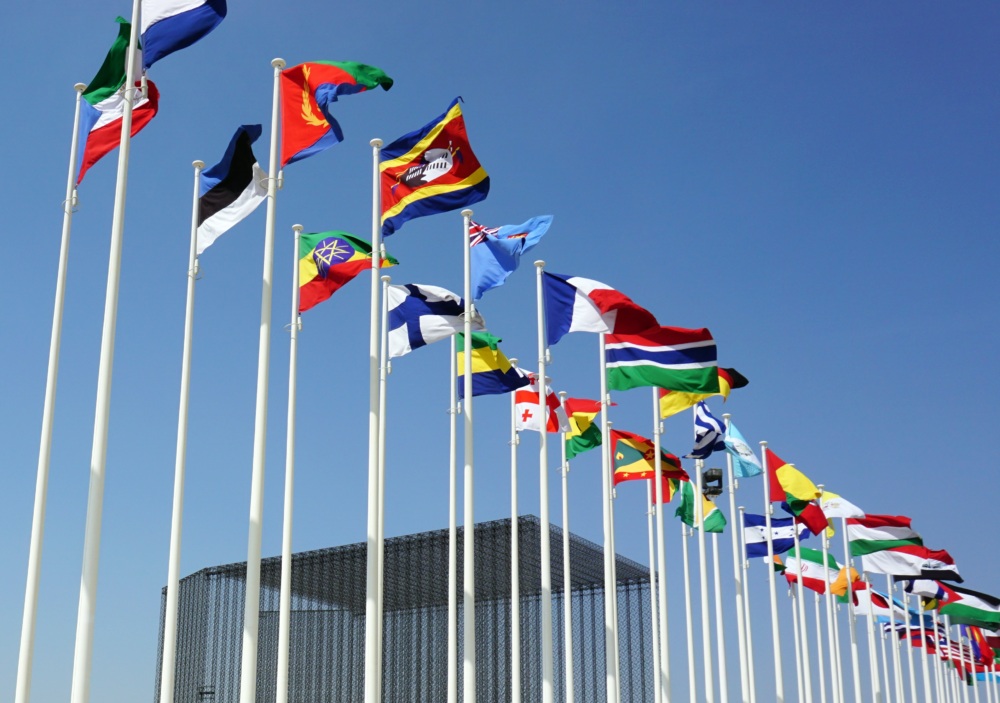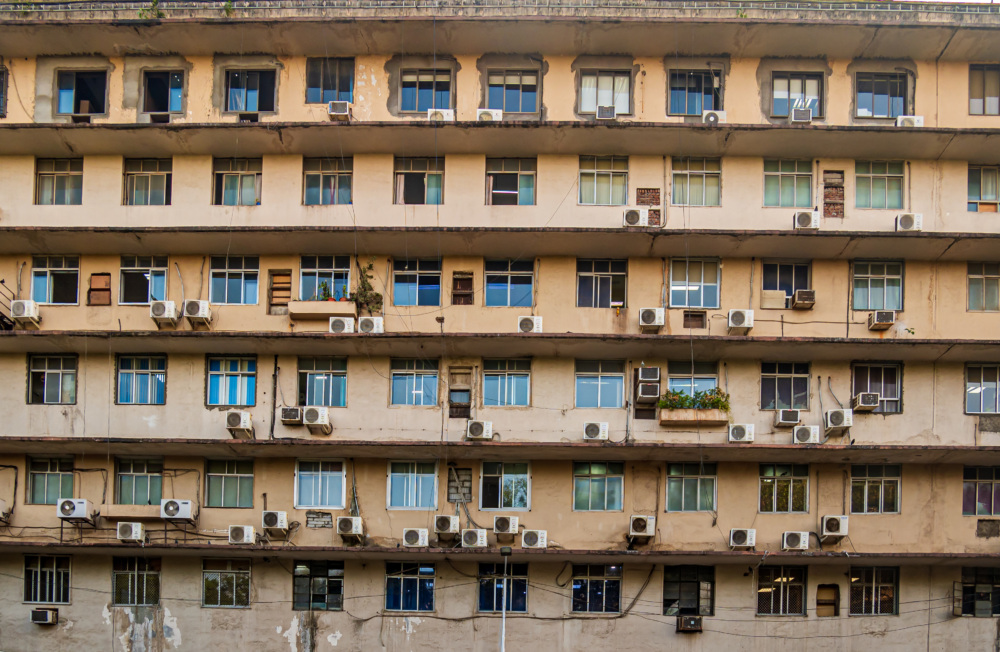Mercury-Free Alternatives to Certain Fluorescent Lamps: A Report to the European Commission’s Committee on the Restriction of Hazardous Substances
Summary
The Swedish Energy Agency and CLASP conducted a market and technology review to examine the availability of mercury-free lighting products to replace T5 and T8 linear fluorescent lamps and compact fluorescent lamps which are not integrally ballasted (CFLni).
Download Report
Fill out the form below to activate file downloads
In collaboration with Swedish Energy Agency
A wide range of mercury-containing fluorescent lamps are currently exempted from the European Commission’s Restriction of Hazardous Substances (RoHS) Directive and from the United Nations’ Minamata Convention on Mercury due to a historical lack of mercury-free alternative products. The Commission is considering whether to extend these exemptions, or whether technology and market changes – notably significant advances in the availability, cost and inter-operability of light-emitting diode (LED) retrofit lamps – render those exemptions unnecessary.
The Swedish Energy Agency and CLASP conducted a market and technology review to examine the availability of mercury-free lighting products to replace T5 and T8 linear fluorescent lamps and compact fluorescent lamps which are not integrally ballasted (CFLni). Taken together these three categories make up the vast majority of fluorescent lamps.
The study found ample mercury-free LED lamps on the European market that can directly replace fluorescent lamps without the need for rewiring. Eliminating those exemptions in September 2021 would, by 2030, remove a cumulative 2574 kg of mercury from lighting and a further 2213 kg of mercury from coal-fired power plant emissions as a result of the higher energy efficiency of LED lighting, reducing the total amount of toxic mercury released into the air and soil. It would also eliminate 40.9 million metric tonnes of CO2 emissions as a result of that reduced energy use by 2030, and save European consumers €12.5 billion.

